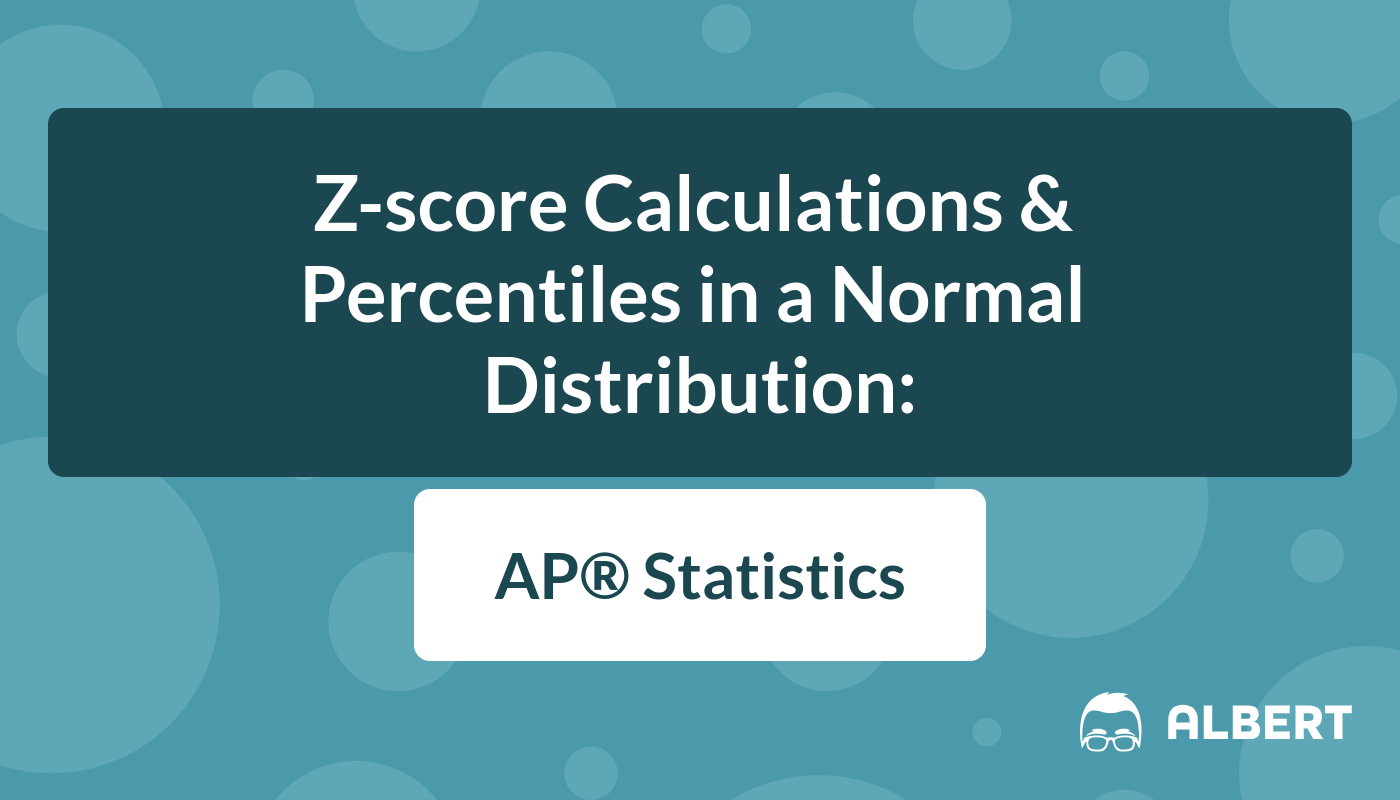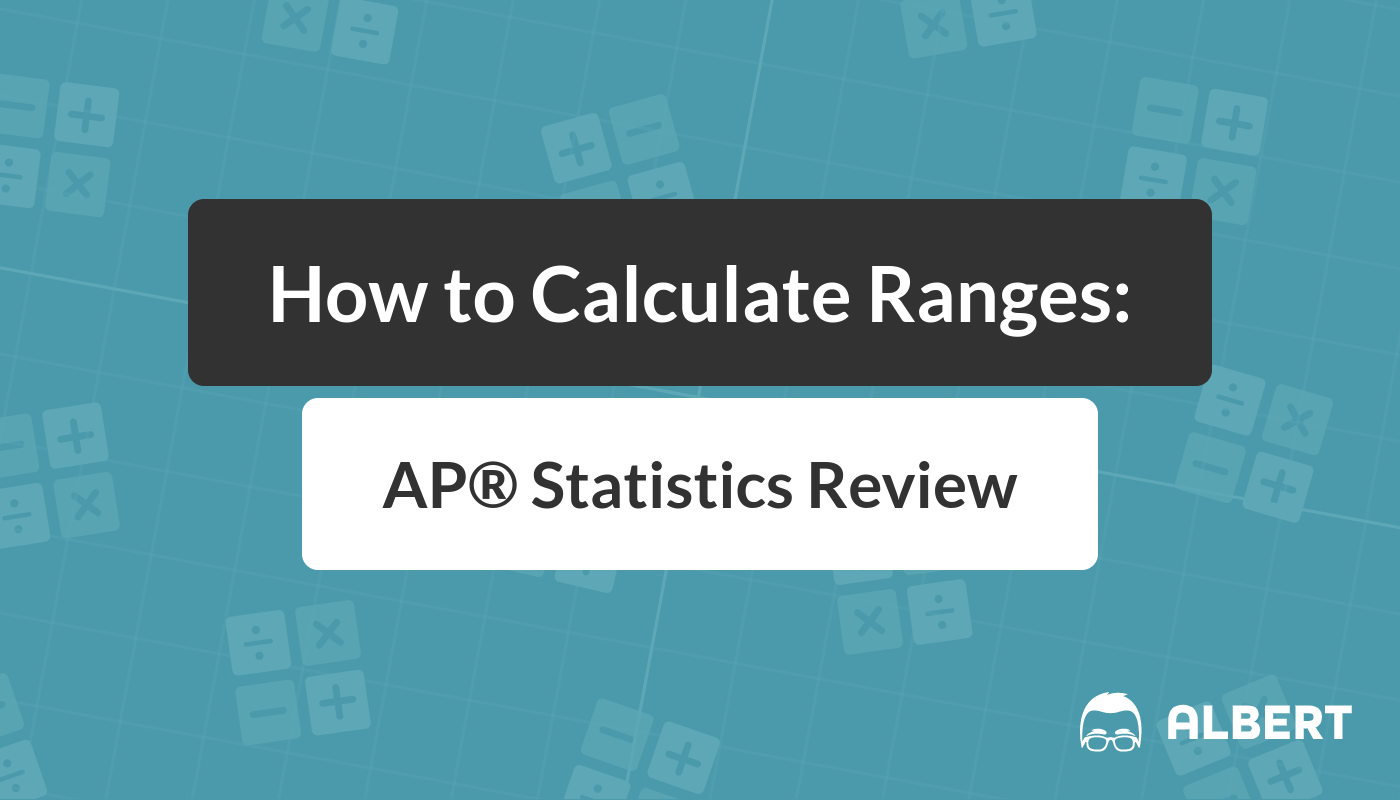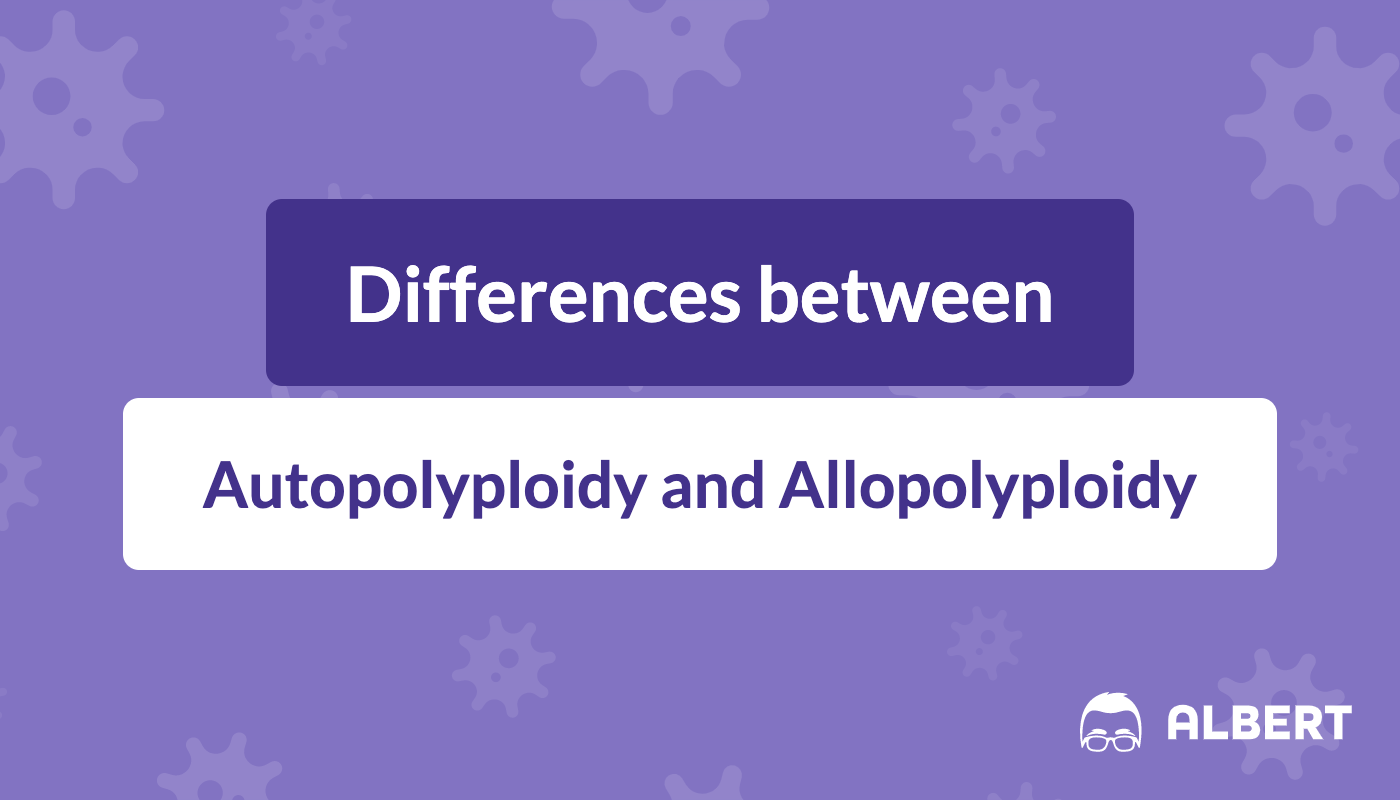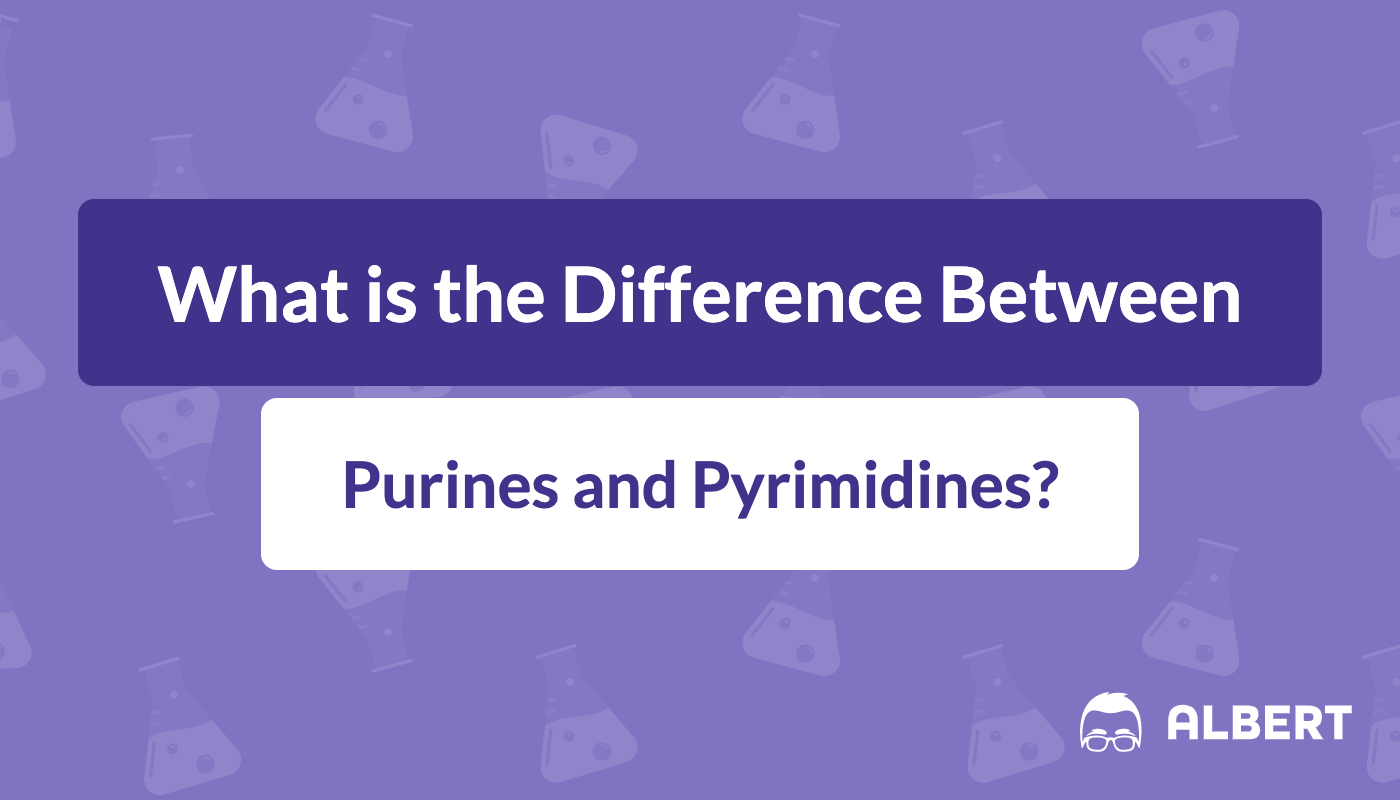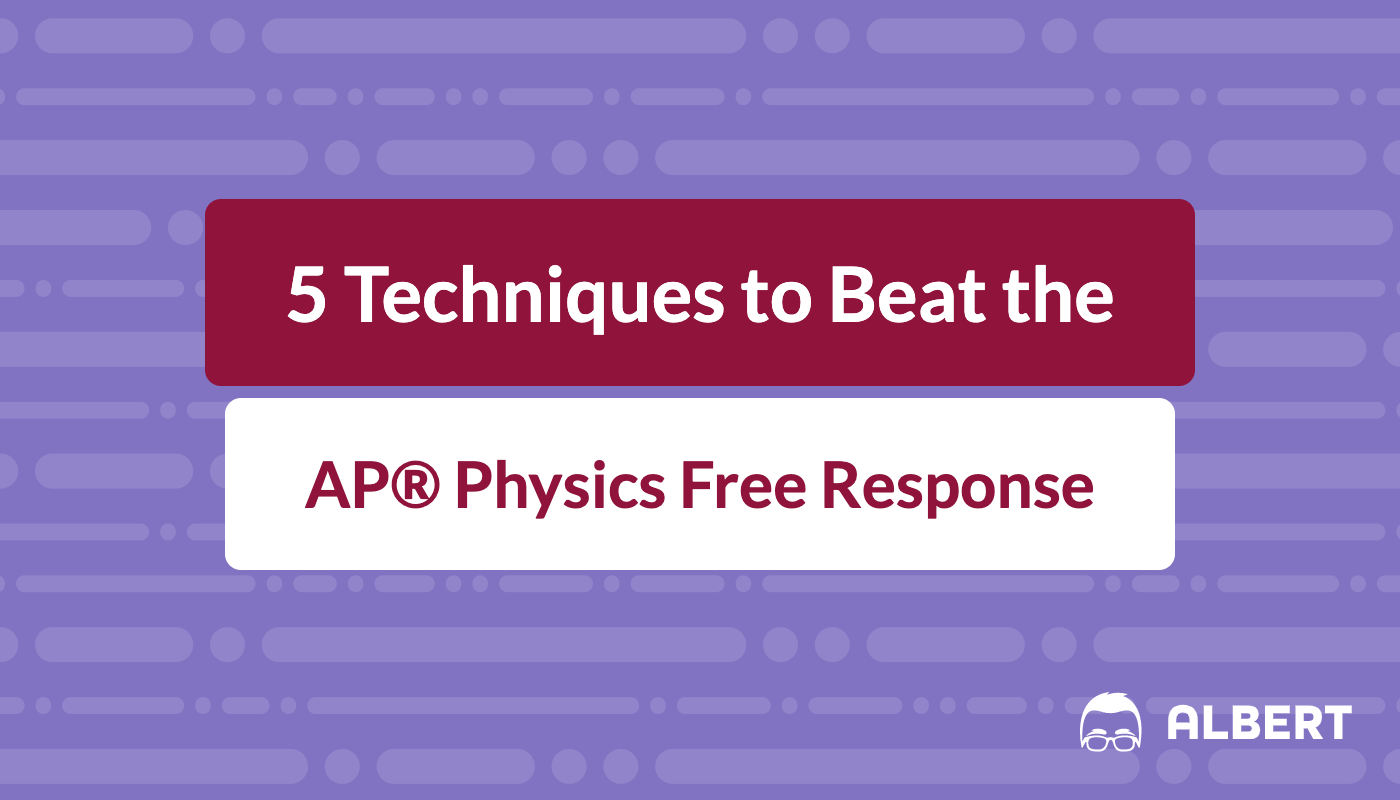Inverse Laplace Transforms: A Differential Equations Review
Laplace transforms are important tools for us to use when solving linear differential equations. The Laplace transform is a relation of the form – As we can see, the Laplace transformation converts the function f f into another function – which is called the Laplace transform of –

